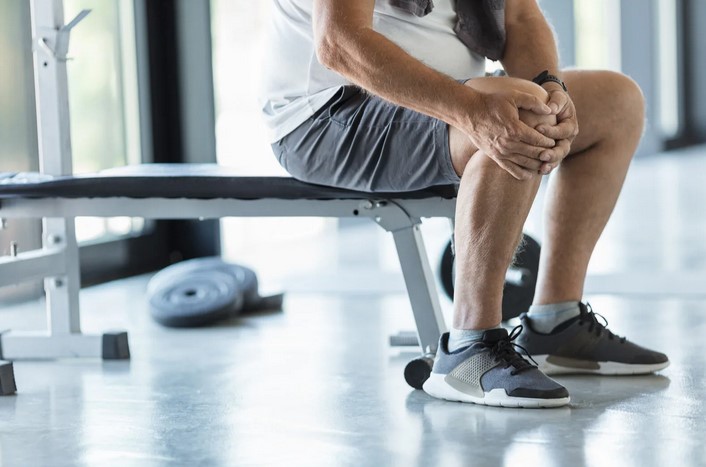
The left knee is a complex joint that is essential for movement and stability. It is made up of several structures, including bones, ligaments, tendons, and muscles. Understanding the anatomy of the left knee is important for diagnosing and treating knee injuries and conditions. This article will provide an overview of the anatomy of the left knee, including the structures and their functions.
Exploring the Anatomy of the Left Knee: An Overview of the Structures and Their Functions
The left knee is a complex joint that is composed of several structures that work together to provide stability and mobility. It is important to understand the anatomy of the left knee in order to properly diagnose and treat any issues that may arise. This article will provide an overview of the structures and their functions in the left knee.
The left knee is composed of three bones: the femur, tibia, and patella. The femur is the longest bone in the body and is located in the upper leg. It connects to the tibia, which is the larger of the two lower leg bones. The patella, or kneecap, is a small bone located at the front of the knee joint.
The left knee is also composed of several ligaments and tendons. The four main ligaments are the anterior cruciate ligament (ACL), posterior cruciate ligament (PCL), medial collateral ligament (MCL), and lateral collateral ligament (LCL). These ligaments provide stability to the knee joint and help to prevent excessive movement. The tendons of the left knee include the quadriceps tendon, patellar tendon, and hamstring tendon. These tendons connect the muscles of the thigh and lower leg to the bones of the knee joint.
The left knee also contains several bursae, which are small sacs filled with fluid that help to reduce friction between the bones and tendons. The most common bursae in the left knee are the prepatellar bursa, infrapatellar bursa, and pes anserine bursa.
Finally, the left knee contains several muscles that help to move the joint. The quadriceps muscles are located on the front of the thigh and are responsible for extending the knee. The hamstrings are located on the back of the thigh and are responsible for flexing the knee. The gastrocnemius and soleus muscles are located in the lower leg and are responsible for plantar flexing the ankle.
In conclusion, the left knee is a complex joint composed of several structures that work together to provide stability and mobility. Understanding the anatomy of the left knee is essential for proper diagnosis and treatment of any issues that may arise.
Common Injuries to the Left Knee: Understanding the Anatomy to Prevent and Treat Injury
The left knee is a complex joint that is essential for everyday activities such as walking, running, and jumping. Unfortunately, it is also prone to injury. Understanding the anatomy of the left knee can help you prevent and treat common injuries.
The knee joint is made up of three bones: the femur (thigh bone), the tibia (shin bone), and the patella (kneecap). The bones are connected by four ligaments: the anterior cruciate ligament (ACL), the posterior cruciate ligament (PCL), the medial collateral ligament (MCL), and the lateral collateral ligament (LCL). The ACL and PCL are located in the center of the knee and provide stability. The MCL and LCL are located on the sides of the knee and provide stability against sideways movement.
The most common injuries to the left knee are sprains, strains, and tears of the ligaments. A sprain occurs when the ligaments are stretched beyond their normal range of motion. A strain occurs when the ligaments are overstretched and torn. A tear occurs when the ligament is completely torn.
To prevent knee injuries, it is important to maintain good flexibility and strength in the muscles and ligaments around the knee. Stretching and strengthening exercises can help keep the knee joint flexible and strong. It is also important to wear appropriate footwear and use proper technique when engaging in activities that involve the knee.
If you do experience a knee injury, it is important to seek medical attention. Depending on the severity of the injury, treatment may include rest, ice, compression, elevation, physical therapy, and/or surgery.
By understanding the anatomy of the left knee and taking steps to prevent injury, you can help keep your knee healthy and strong.In conclusion, understanding the anatomy and function of the left knee is essential for proper diagnosis and treatment of knee injuries and conditions. The left knee is composed of several structures, including the femur, tibia, fibula, patella, ligaments, and muscles, all of which work together to provide stability and movement. Damage to any of these structures can lead to pain, instability, and decreased range of motion. Therefore, it is important to understand the anatomy and function of the left knee in order to properly diagnose and treat any knee-related issues.